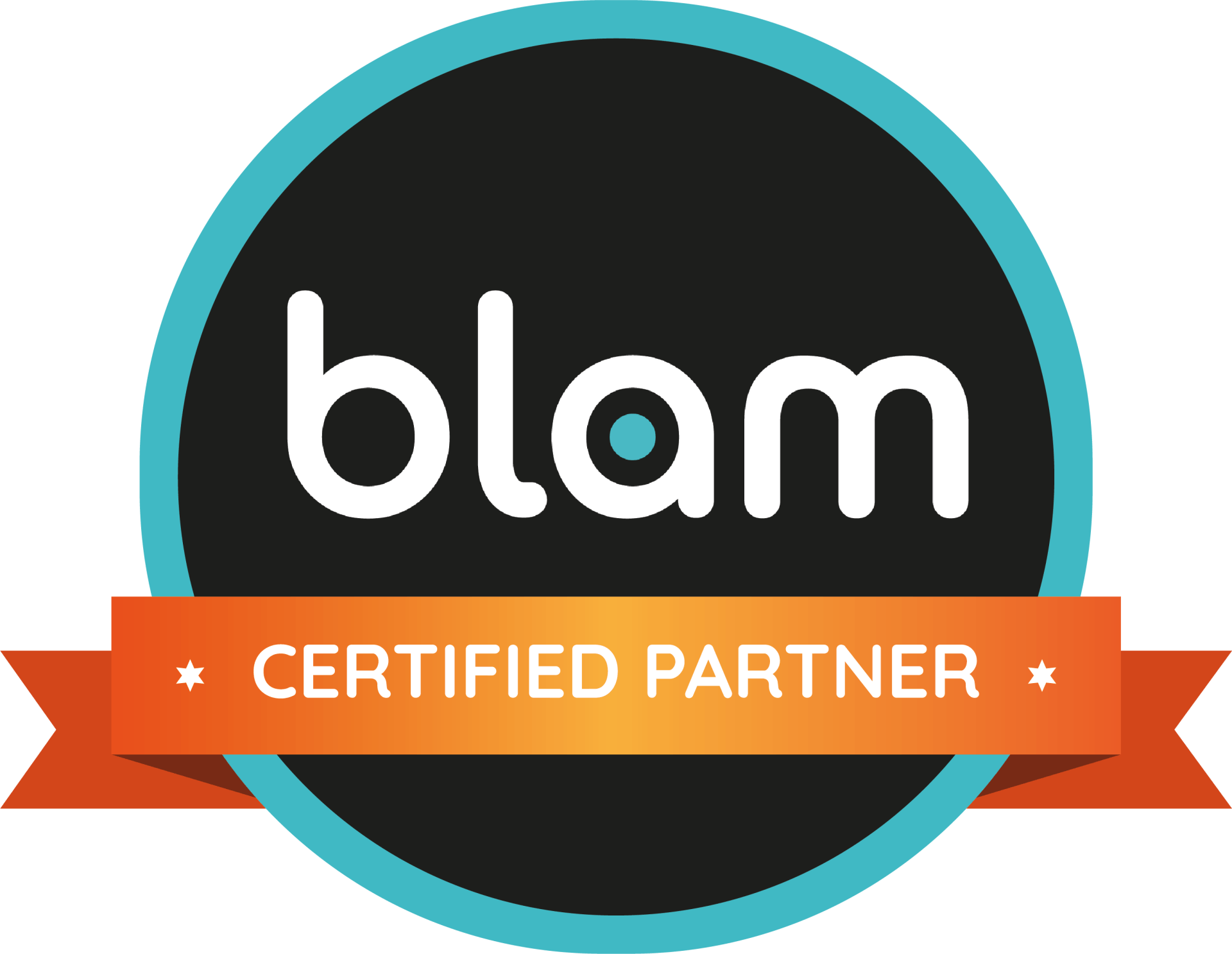Organic vs. Direct Website Traffic
Which Drives Better Results?

If you've ever looked at your website analytics and wondered what all those traffic sources mean, you're not alone. As a website owner, your main goal is to drive traffic that helps your business grow. But did you know that not all traffic is the same?
Your website visitors come from different sources, each with its own impact on your results. Today, we’re breaking down two major types of traffic—organic and direct. Both play important roles, but what’s the difference between them, and which one can give you better results? Let’s dive in and find out!
Contents
- What Are Traffic Sources?
- What Is Organic Traffic?
- What Is Direct Traffic?
- Organic vs. Direct Traffic: Key Differences
- How to Track Organic and Direct Traffic
- Which Traffic Source Is Better?
- Conclusion
- Frequently Asked Questions
What Are Traffic Sources?
Traffic sources are the pathways through which users find your website. Here's a quick overview:
- Organic Traffic: Visitors arriving via unpaid search engine results, driven by effective Search Engine Optimization (SEO).
- Direct Traffic: Users who type your URL directly, use a bookmark, or click on an untagged link.
- Referral Traffic: Traffic generated when users click on links from other websites.
- Paid Traffic: Traffic from paid ads, like Google Ads or social media promotions.
- Social Traffic: Traffic from social platforms (Facebook, LinkedIn, etc.) from organic or paid social links.
- Email Traffic: Visitors clicking on links in your email campaigns.
- Internal Traffic: Refers to website visits from people within the organization, like employees or contractors, who are testing, editing, or troubleshooting the site. Tracking internal traffic separately or excluding it entirely can give you a clearer, more accurate picture of how real visitors are interacting with your site.
Each source offers insights into audience behavior, helping refine your marketing strategies.
What Is Organic Traffic?
Organic traffic refers to users who find your site through search engines without paid ads. When someone searches for a question or product, and your website appears in the results, clicking through brings organic traffic.
Here’s why it matters:
- Trust and Credibility: Organic search results are often perceived as more trustworthy.
- Cost-Effectiveness: No payment per click.
- Long-Term Value: Consistent SEO efforts can provide sustained traffic.
How to Gain Organic Traffic
- Keyword Research: Target long-tail keywords with specific, high-conversion phrases.
- In-Depth Content: Create engaging content that addresses audience questions.
- On-Page SEO: Optimize meta descriptions, title tags, and internal links.
- User Experience: Improve load speeds and ensure a mobile-friendly design.
- Quality Backlinks: Build reputable links from guest blogging or broken link strategies.
- Local SEO: For local businesses, optimize Google My Business and use location-specific keywords.
- Content Updates: Regularly refresh existing posts with updated information.
Boost Your Website Performance!
Learn actionable tips to grow both organic and direct traffic. Download our free guide now!
What Is Direct Traffic?
Direct traffic represents visitors who know your brand well enough to type your URL or use a bookmarked link. This traffic indicates brand recognition and audience loyalty.
Why It’s Important
- Brand Awareness: High direct traffic shows strong brand recall.
- Loyal Audience: Signals a dedicated user base.
- Reduced Dependence on Search Engines: Direct traffic isn’t affected by search engine updates.
How to Build Direct Traffic
- Brand Identity: Create a memorable name, logo, and tagline.
- Social Media Engagement: Engage audiences with regular, value-driven posts.
- Email Marketing: Personalized, value-rich newsletters can draw readers back to your site.
- Remarketing: Use ads to target past visitors, encouraging return visits.
- Offline Marketing: Incorporate your URL into business cards, brochures, and branded materials.
Take the Guesswork Out of Website Traffic
Want better results? Schedule a free consultation and let’s explore how to drive high-quality traffic to your site.
Organic vs. Direct Traffic: Key Differences
| Feature | Organic Traffic | Direct Traffic |
|---|---|---|
| Source | Search engine results | Directly typing URL/bookmarks/untagged links |
| User Intent | Searching for information or products | Familiar with brand, loyal audience |
| Dependency | Dependent on SEO and search engine algorithms | Independent of search engines |
| Tracking | Keywords, search rankings | Direct visit volume and bookmark usage |
| Cost | Content creation and SEO efforts | Brand-building and marketing campaigns |
| Predictability | Can fluctuate with search algorithm updates | More stable |
| Long-Term Value | Sustainable visibility in search results | Reflects brand loyalty and awareness |
How to Track Organic and Direct Traffic
Tracking traffic is essential to understanding its impact on your website's performance. Here’s how to do it:
- Google Analytics: View traffic sources, track conversions, and understand audience behavior.
- Organic Traffic: Monitor search query rankings, click-through rates (CTR), and keywords.
- Direct Traffic: Track direct visit volumes and bookmark usage.
Which Traffic Source Is Better?
Both organic and direct traffic are crucial. Organic traffic builds trust and attracts new users, while direct traffic reinforces loyalty and brand recognition. The ideal ratio of traffic sources for a converting website depends on the business type, industry, and the specific goals of the website, but many digital marketing studies suggest an optimal balance across traffic sources.
A commonly recommended baseline for high-converting sites is:
- Organic Traffic: ~50-60%
- Direct Traffic: ~20-30%
- Referral Traffic: ~10-15%
- Paid Traffic: ~5-10%
- Social Traffic: ~5-10%
Why This Balance?
- Organic Traffic provides a stable, scalable source of inbound leads and supports long-term growth, making it a core foundation for conversion.
- Direct Traffic often reflects brand awareness and audience loyalty, correlating with higher conversion rates due to repeat visitors.
- Referral Traffic can bring in quality leads from trusted sites, while Paid Traffic and Social Traffic offer targeted options to reach broader audiences quickly, though they often convert at slightly lower rates.
Curious About Your Traffic Sources?
Discover what’s driving your website’s growth.
Take our Free Digital Health Check to uncover key insights today!
Supporting Research
- HubSpot's State of Inbound Report: This report highlights that organic search is a significant driver of traffic and leads for both B2B and B2C websites, often converting more cost-effectively than paid channels. HubSpot
- BrightEdge Research: BrightEdge reported that organic search traffic accounts for over 53% of all site traffic and contributes to more than 40% of revenue across various industries, making it the largest traffic source for many businesses. BrightEdge
- Google Analytics Benchmarks: While specific benchmark reports may vary, Google Analytics data often indicates that direct traffic yields high engagement metrics, with returning visitors converting at higher rates compared to new ones. For detailed insights, you can refer to Google's official analytics resources. HubSpot Blog
However, the ideal traffic source mix can vary. For eCommerce, paid and referral sources may play a larger role, while B2B SaaS sites might benefit more from higher organic and direct traffic due to longer sales cycles.
Frequently Asked Questions
1. How can I increase organic traffic to my website?
Focus on SEO best practices, create quality content, perform keyword research, and build backlinks.
2. Is direct traffic good for my website?
Yes, it signals strong brand recognition and a loyal user base.
3. Can social media influence organic traffic?
Absolutely—social media increases content visibility, improving search rankings through shares and engagement.
4. Why does my website have more direct traffic than organic?
A high direct traffic volume often indicates strong brand recall or successful offline marketing.
5. How do backlinks affect organic traffic?
Quality backlinks enhance your site’s credibility with search engines, improving rankings and driving organic traffic.
Embracing both traffic types will help your website grow while fostering a strong, loyal customer base.
Take the Guesswork Out of Website Traffic
Want better results? Schedule a free consultation and let’s explore how to optimize your website.









